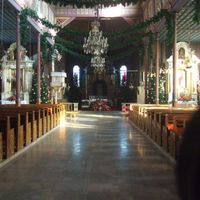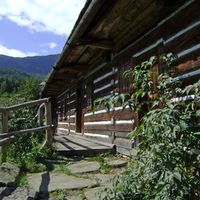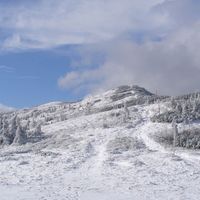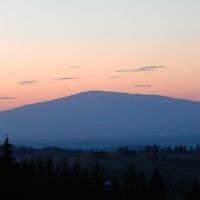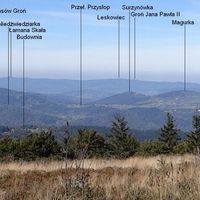Zawoja
7.63

Overview
The commune of Zawoja, located in the Skawica Valley in the Żywiec Beskids, is the largest commune in the Suski County, covering an area of 128.78 km², dominated by forests (65% of the area). The commune is characterized by low population density, and its most important localities are Zawoja, Skawica, and Markowe Szczawiny. The history of the region dates back to the 14th century when the area belonged to the Lanckorona starosty, and settlement began in the 16th century. Zawoja, whose name means "marshy forest," was settled by Vlachs, and the first mentions of it date back to 1646. In the 19th century, the commune gained popularity as a summer resort, especially after the discovery of its tourist attractions. It is home to numerous architectural monuments, such as a wooden church from the late 19th century, guesthouses from the early 20th century, and the Babia Góra National Park Museum. The region is also known for its rich culture, including the folklore of the Babia Góra highlanders and local folk ensembles. The commune organizes various cultural events, such as Babiogórska Jesień (Babia Góra Autumn) and Wielka Majówka (The Great May Weekend). Zawoja is a popular tourist destination, offering over 2,500 accommodation places, numerous mountain trails, and thematic routes that attract tourists from all over Poland. It is worth noting that Zawoja has held the status of a climatic health resort since 1927, further emphasizing its importance as a tourist center. After World War II, tourism became a key element of the local economy, contributing to the further development of the commune's infrastructure and attractiveness.
Location
2025 Wizytor | All Rights Reserved
